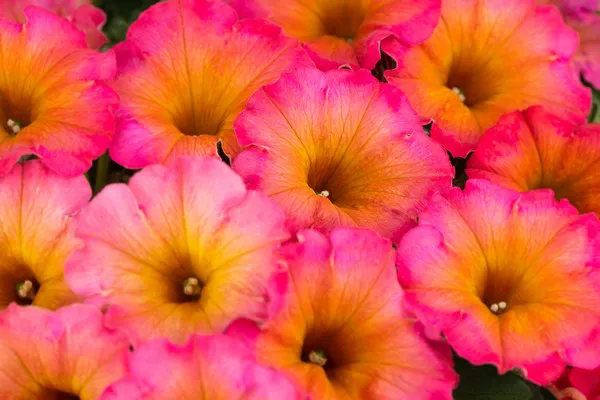This year’s spring flowers are expected to make an early appearance, with a projected bloom three to six days earlier than the usual schedule, attributing the shift to a warm winter.
According to K Weather, a weather big data platform, cherry blossoms are anticipated to start blooming on March 21 in Jeju Island. The bloom is expected to progress to the southern region of Korea from March 25 to 29, reaching the central inland area from March 30 to April 5. Seoul is poised to witness its first cherry blossoms on April 2, a six-day deviation from the usual timing.
The early bloom is linked to the warmer winter experienced this year. Seoul’s average temperature in December was 1.1 degrees Celsius, 0.9 degrees Celsius higher than the norm. January recorded a minus 0.5 degrees Celsius, 1.4 degrees Celsius higher than usual, and the trend continued in February, with an average temperature of 4.1 degrees Celsius, a notable 4.4 degrees Celsius higher than the standard.
The Korea Meteorological Administration indicates an 80 percent possibility of next month’s temperature aligning with or surpassing the average annual temperature. K Weather emphasizes the impact of February and March temperatures on cherry blossom blooming, stating that variations in blooming timing are influenced by temperature changes just before the blossoming stage.
Spring flower festival organizers, including local governments, are hastening preparations based on K Weather’s forecast. However, if cherry blossoms bloom significantly earlier than anticipated, challenges may arise. Last year, K Weather predicted a four to seven-day earlier bloom, but the flowers bloomed even earlier than expected, by seven to 16 days in the southern regions.
Yeongdeungpo District Office, planning Yeouido’s spring flower festival, is cautious about the potential early bloom and has adjusted the festival schedule accordingly. Ban Ki-sung, a senior managing director at K Weather, acknowledges the recurring trend of earlier blooms in recent years.
Professor Jeong Su-jong at Seoul National University’s Graduate School of Environmental Studies explains that flowers tend to bloom faster when temperatures experience wide fluctuations rather than a gradual rise. Plum blossoms have also followed this trend, blooming 32 days earlier than usual in Jeju Island this year due to significant temperature gaps.
Plum blossoms are currently in full bloom in southern regions like Jeonju, Pohang, Ulsan, Gwangju, and Busan, with sprouting observed in Seoul, Suwon, and Daejeon, occurring 20 days earlier than the typical schedule. Professor Jeong highlights potential challenges for fruit cultivation this year, as blossoming and pollination are intricately connected to the harvest.


